This year, two of us from the Spirit of Region team participated in the UNESCO-Biosphere Reserve Lower Murtal Ambassador Training organised by the Qualifizierungsagentur. Besides the fact that we had a great time, I would like to share with you our experience of the traing.
In this case, ambassador training means getting to know the area in detail, and practical training also means getting help to communicate it to others in a way they can appreciate. The aim of the programme is to reach as many people as possible through these sites about the importance of biodiversity preservation, conservation and sustainable development of natural habitats.
Our main themes were:
- Floodplain forest habitat
- Flora and fauna of the biosphere reserve
- Transboundary activities
Day 1
On the first training day, we had the opportunity to learn in detail about the UNESCO-Biosphere Reserve Lower Murtal project in figures and data. It is impressive how many people, hours of work and energy have been invested to create a natural environment that attracts so many visitors and yet is unique in its naturalness.
In the afternoon, looking beyond the numbers, we visited Gramoznica Svečane, where local guides presented, almost plant by plant, the challenges of restoring natural vegetation, the stages, traces and achievements of the Mura restoration. On the way back we were even able to help with the thinning of invasive species.
Day 2
On the second training session, we found river treasures: To start with, we visited Lafnitztal, where we learned a lot about the river crabs native to the area. Of course, there was also talk about invasive species and the problems they cause, management options and the species protection programme.
The owners of the crab farm gave us a warm welcome, and the landscape was like the wild setting of a youth adventure novel.

Our next stop was along the cycle path along the Mura. We got to know the local products through creative activities. During the tour, we got to know the native birds, some of which we were able to observe with our pocket binoculars, but we could also hear their sounds everywhere. On the banks of the Mura river, a group exercise allowed us to “become one” with the ripples and vibrations of the ground and water.
Our tour ended at the Water Mill, where we heard first-hand accounts of youth programmes and experiences from enthusiastic young activity leaders. And while we were there, we couldn’t miss the gastronomic delights the river had to offer.
Day 3
On the third occasion, we explored the more precise logic of tourism in relation to similar natural environments. We looked at what the relationship between conservation, tourism and sustainability means in this case, and what factors play a role in creating a win-win situation.
We were also given a presentation on the native species of animals living in the area, especially fish and birds, and then we were able to observe them in their habitat in River ́Scool Donnersdorf. Identifying the shells and fish was a great experience. Perhaps this is where we got closest to the natural habitat of the species.
To my surprise, I even found a contemporary artwork: a pretty good self-portrait of a black woodpecker:

Day 4
For the fourth time, we met at the primary thermal water source of Bad Radkersburg, starting from the Quellenhaus. Sometimes, instead of liquid gold, it may not be a bad thing to dig up something that will give many people a healthier life. Along with the exact dates and details of the thermal water and its ingredients, we were treated to a walking tour and a taste of what is perhaps the greatest attraction of local tourism in this town.
The best thing about walking along the banks of the Mura is when there is simply nothing happening. The nature, the flowing and the rushing of the river. Here too, we got some ideas for exercises that can help group hikers to calm down and tune into the waves of nature.
To finish the day, we were hosted by the Mencigar family, who told us incredible family stories of what life is like for a farmer divided by borders, with land in one country and a processing factory in another. One thing is certain: quality knows no borders.
Day 5
We started our fifth training day at the Seehaus Liebmannsee. We listened to a professional lecture on hydraulic engineering and exposure to the weather and its management methods. It was also fascinating to get an insight into the power of nature and water from the point of view of the interests of the citizens. After the presentation, we walked around the lake to get an idea of the conditions in the area and what we have to adapt to. Despite the windy weather, it was still enjoyable to see the lilies and the huge trees on the lake.
In the afternoon, we got even closer to the role of the inhabitants in shaping the landscape: a guided tour of the historic city centre. The city, once the border of three countries, is a unique combination: open, enlightened, rich in architectural monuments due to the trade routes that pass through it; but also, because of its exposure, a small “island” once surrounded by the Mura river, protected by walls.
Our takeaway
This is how, in five sessions with a great company, we went from the smallest natural units to the built heritage of the human spirit, to be truly motivated to return to our experience, because a living environment does not come from nothing, it needs constant care and attention to survive and renew itself.
Spirit of Regions was tasked by the Styrian Qualifizierungsagentur with organising and conducting the two active days (days 2 und 4).











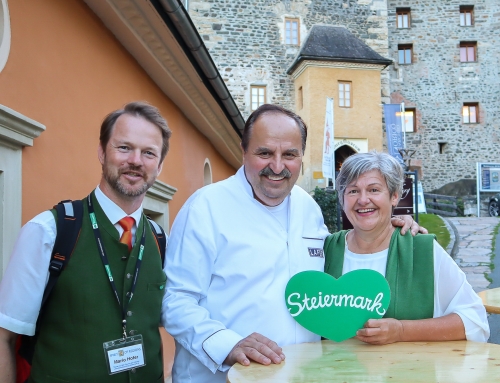
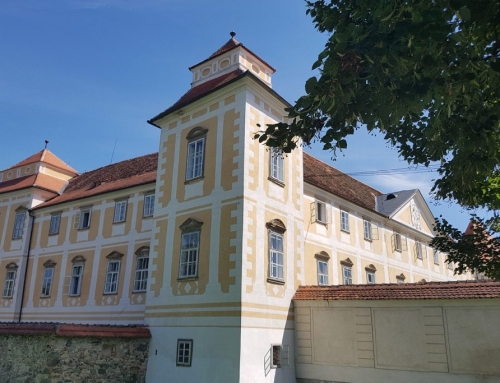
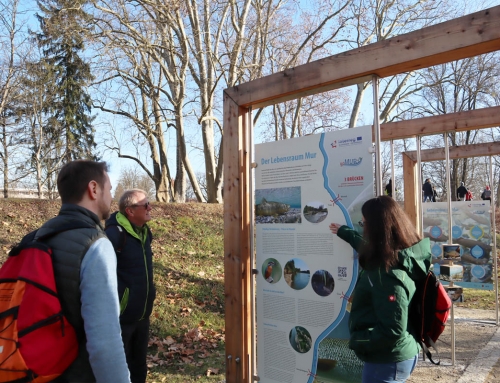
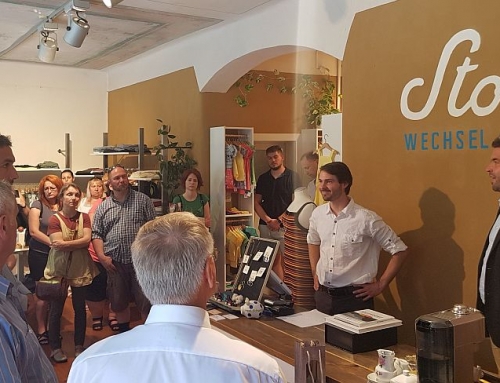
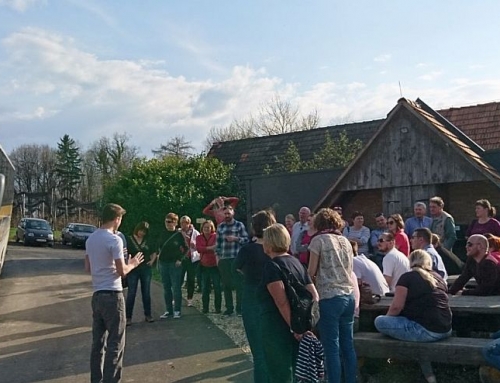
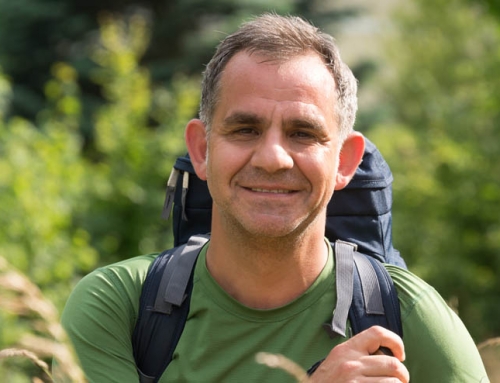
Leave A Comment